The Real (Minero) Deal: Oaxaca Edition (Round 2)
Oaxaca is a special place, and there is no better way to enjoy it than to journey out to a palenque (distillery) to see how mezcal is made first hand. Many years ago, when I first began touring palenques I was under the illusion that I was going out there just to see how mezcal was made. I thought I was going to see the agave fields, the earthen roasting pits, the horse drawn stone grinding mill, the fermentation tanks, the copper or clay pot stills, and the many other things that are involved in the ultimate arrival of this magical elixir. Basically, I thought it was all about the mechanics of making mezcal.
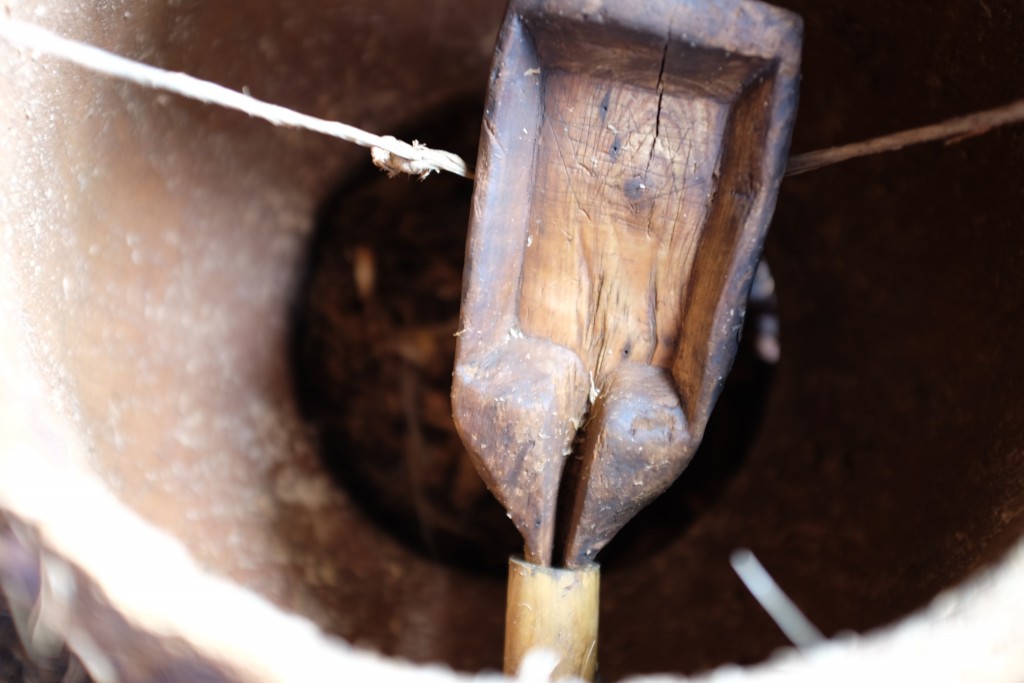
It took me awhile to figure it out, but now I know that the mechanics of making mezcal are only one slice of a palenque tour. What am I talking about? What else could there be? Well, as I said it did not hit me right away. But the more time I spent with mezcaleros and mezcaleras (female mezcaleros as I recently learned), I began to understand that they were not just sharing the process of mezcal production, but they were sharing their family history, their culture, their generational passion, their life.
Mezcal is so much more to these traditional producers. From the time most of them were small children, they have been around the palenque, sat with their fathers, mothers, aunts, cousins, uncles and grandparents, and absorbed all there is to know about making mezcal. For these producers, mezcal is the center of their world – it is their past, present and future. Mezcal is revered and core to who they are. It is present at every major milestone of their lives: births, communions, weddings, funerals, and everything in between.
So when you are lucky enough to be invited into their world, you eventually understand that mezcal is so much more than cutting, baking, fermenting and distilling. It is with an immense source of pride, passion and knowledge that they bring you into their inner circle.
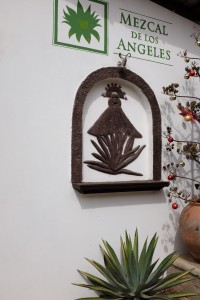
And so it was on my recent trip to Oaxaca that my friends and I were invited into the sanctuary of the palenque at Real Minero. William Scanlan of Heavy Metl Premium Imports, who imports Real Minero in the U.S., knew I was dying to see this highly regarded producer for myself so he generously arranged our visit.
We arrived at the well-kept little town of Santa Catarina Minas, the heart of a historic mezcal making region. I’ve been told that all mezcal is made in clay pots in Santa Catarina Minas, as this is their tradition. I cannot verify if this is 100% true (maybe there is a copper pot rebel up in their hills), but if so, it’s awesome that this tradition has been kept so vibrant.
Real Minero is a storied mezcal brand from a 4th generation mezcal family. These days, the brand is being run by Graciela Angeles Carreño, the great granddaughter of the brand’s founder, or it could be the great great granddaughter, or the great great great granddaughter…the thing is they really don’t know how far back it goes. Many of these longtime mezcal-making families lose the trail as they backtrack the family tree into the 1800’s, and so it is with Real Minero. All they know is that there is 100+ years of mezcal making in their family. Love it!
While Graciella is a “Master Mezcalera” herself, her father Lorenzo Angeles Mendoza is also at the heart of their mezcal making these days. I put the term “Master Mezcalera” (same thing with “Master Mezcalero”) in quotes because Graciella explained that this term is all marketing. She said it did not really even exist until about 10yrs ago when mezcal started gaining popularity. Before that, you just made mezcal. Now you are labeled a “master” for simply doing what you have always done – making great mezcal in her case!
Graciella gave us a full tour of the Real Minero palenque. We started at their very modern warehouse which had surrounding agave fields with various varietals at different stages of development. The warehouse was quite large and spotless with an office and a conference room up the stairs at one end. I have never seen such modern facilities at a palenque – Real Minero is clearly planning for the future.
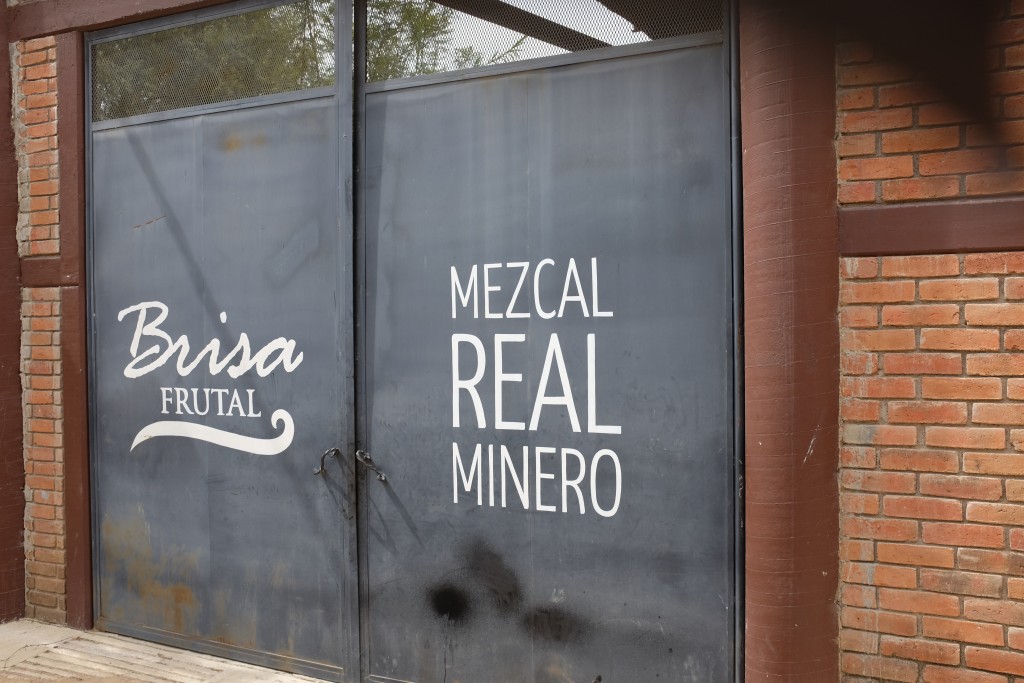
An agave field and various varietals in staggered states of maturity could be found throughout the property. There were a handful of A. karwinskii var. tripon – Real Minero makes the only mezcal I have seen with the tripon varietal. The one expression they have had in the states for years is an ensemble of four agaves, though now Metl is bringing in their whole amazing line of varietals. I asked Graciella if they made a single expression tripon, and she said they did and that the might have a few for purchase (but good luck finding it in the U.S.!). Now, I would just have to beat my buddies to it….
The agave fields held some beauties (if you like this kind of thing, which clearly I do) with huge towering arroquenos and quite a few varieties of Agave karwinskii nearing maturity. There was also an Agave rhodacantha, best known for the varietal mexicano (also known as dobadaan). Graciella explained that this rhodacantha was a cuixe varietal. I have only known a cuixe as an A. karwinskii, so this was a new agave varietal for me. Yes, I was truly psyched! As we walked the property, Graciella provided other little tidbits.
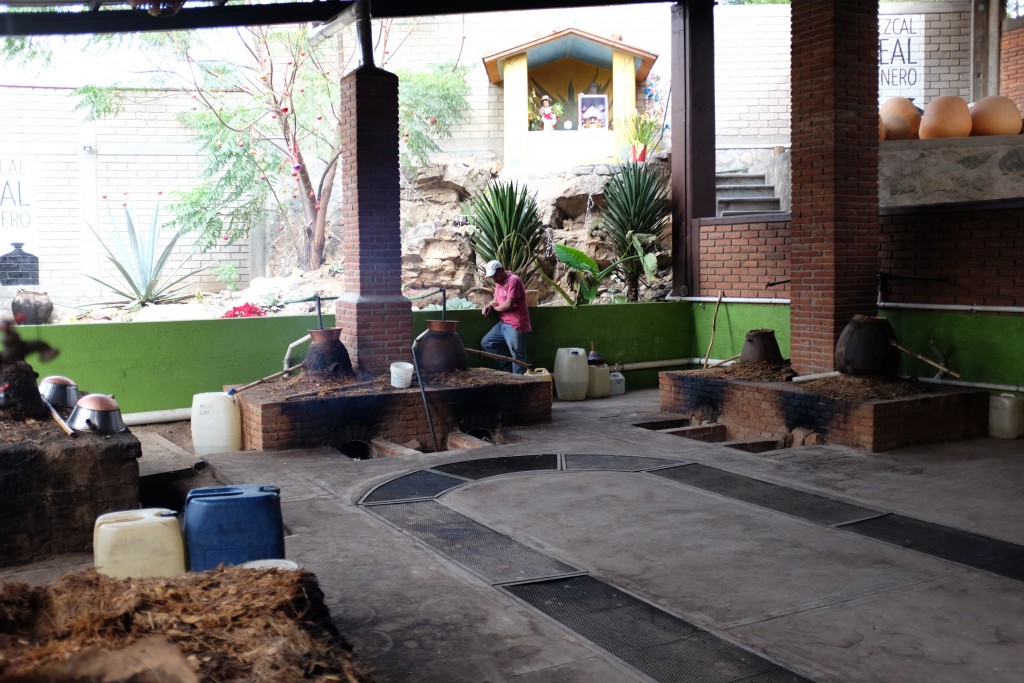
For example, she said that sometimes you will find rocks in the middle of a mature agave. Why? Because as the quiote starts to sprout, and if the agave is large enough (like an arroqueno), one cannot get to the middle of the agave to cut off the quiote. The quiote is cut off to keep the sugars and energy of the agave concentrated in the pina. So if an agave farmer cannot reach the quiote to cut it off, they throw rocks at it to break it! I thought she was pulling our leg, but no, it is true. More cool stuff for a mezcal nerd!
We left the fields and the warehouse and made our way to where the Real Minero distills their mezcal. Again, it was the cleanest, most well-organized palenque I have seen. Nothing was out of place. No stray equipment or tools. You could practically eat off the brick and cement floor. But it was not an industrial setting. Just a great looking, well kept gorgeous palenque. They not were roasting or crushing agave at this time, but they were distilling. They had eight clay pot stills, of which four were in the midst of distillation. My mouth started watering as Graciella pulled out a large gourd bowl and began filling it from one of the stills. Still warm from the still, she passed around a scrumptious 50% ABV tobala.
I am not sure there is anything better on the planet than tasting a great artisanal mezcal, right off the still, from one of the world’s renowned agave spirits producers. And we tasted. And tasted. And tasted some more. Not that is wasn’t already, but soon enough, everything was REALLY right with the world.
In a room adjacent to the stills, Graciella showed us a room with perhaps 50 huge glass containers in which they have been aging mezcal for over ten years! With the coming changes to the mezcal NOM, “aged in glass” will be a category unto itself. You may ask if aging in glass actually does anything to the mezcal? I have not tasted many so I am by no means an expert, but people in the mezcal world absolutely revere mezcals that have been aged in glass for many years. It smooths and mellows the mezcal. You will find it to be richer with greater depth and character. That certainly has been my experience, and though Graciella could not tell us when her glass-aged mezcal would hit the market, I would like to be first in line when it does.
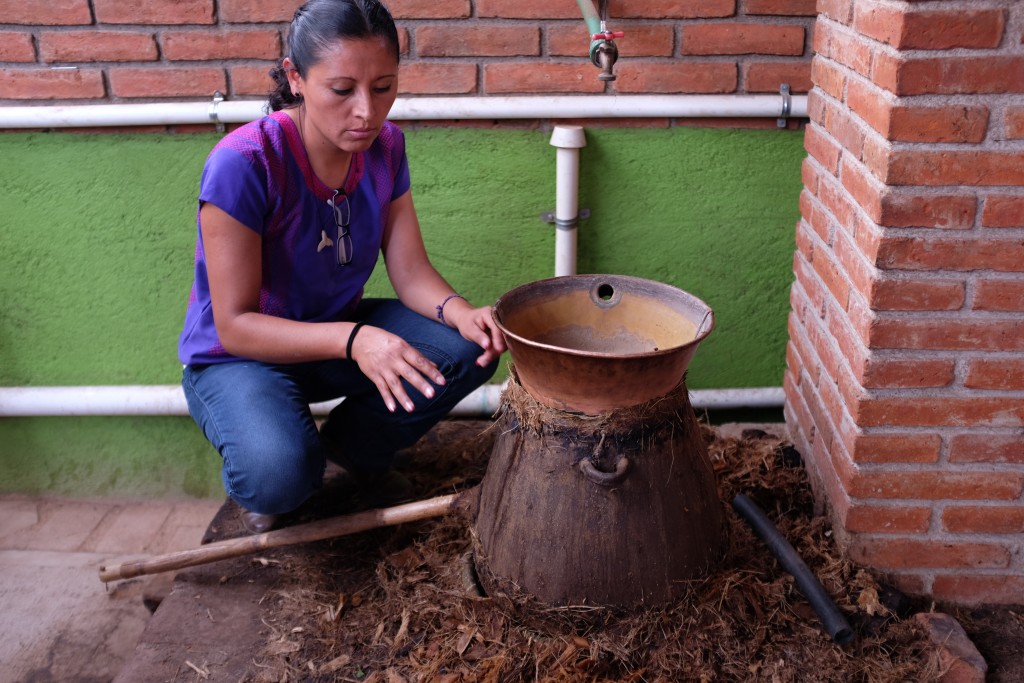
After my friends stopped me from asking even more questions (were a few hundred too many?), we made our way back to the warehouse and Graciella treated us to a grand tasting of all Real Minero offerings. OMG! Find them. Buy them. Drink them. Happily, as I mentioned, most of these can now be found in the U.S., and they are amazing. The mezcal-y wizardry of the many generations of the Angeles family is poured into every bottle. These are truly great mezcals by any measure, all clay pot distilled, and each one lives up to the family’s reputation. Naturally, my friend’s and I bought as much as we could carry (and then some).
By now it was after 3pm, we were feeling good, and we were starving – which by the way, is almost what always happens when you are touring palenques in Oaxaca. Important safety tip: eat a big breakfast and bring protein bars! Graciella invited us to lunch at her local. As we drank beer and ate great food, I reflected on a special day at one of the more amazing palenques I am likely to ever see.
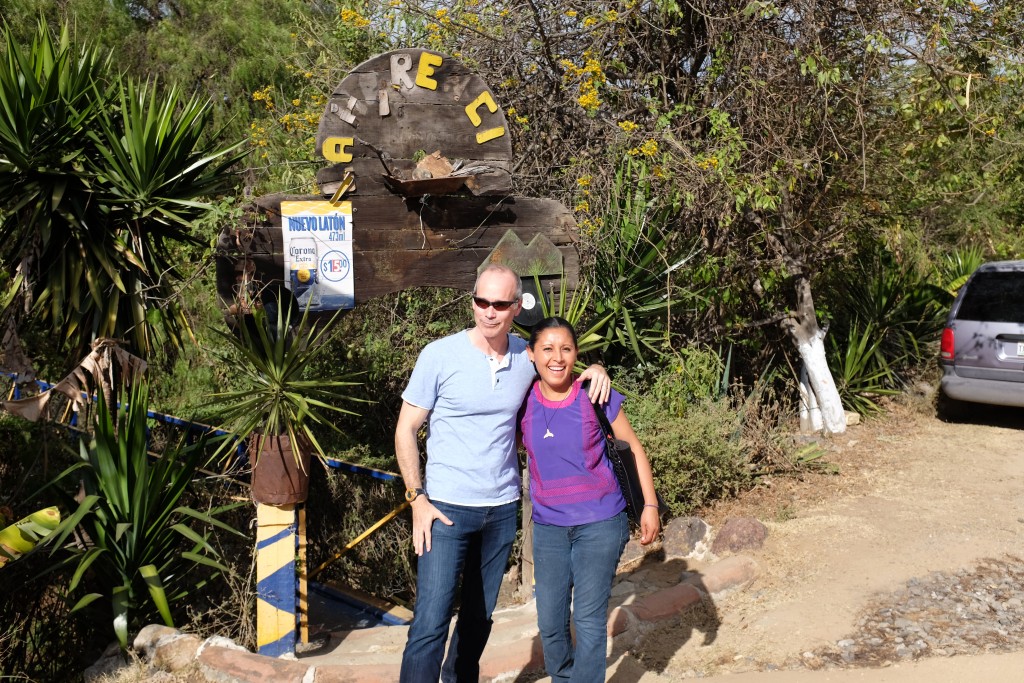
Graciella, thanks for a fantastic experience! Until next time, drink mezcal!


